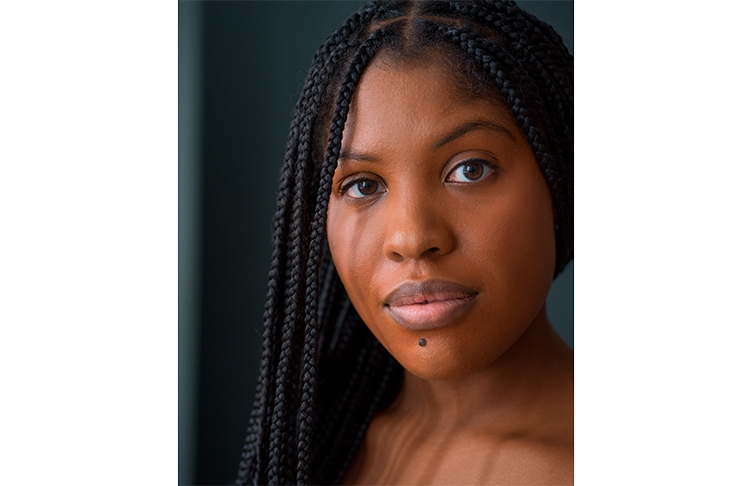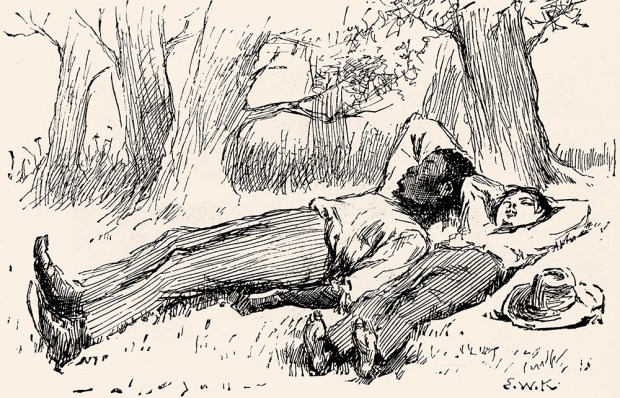One of Barack Obama’s favourite books of 2020, Raven Leilani’s debut comes acclaimed by a literary Who’s Who that includes Zadie Smith, the author’s teacher at New York University. Five months after Luster became an instant New York Times bestseller, it hits British shores on a tsunami of hype that might grate if the novel weren’t so blindingly good.
A feat of narrative voice and supple, rhythmic prose, Luster plunges us into the acerbic psyche of Edie, a millennial New Yorker wading through the early-twenties quagmire: student debt, primitive flatshare, artistic ambitions on hold. At the publishing house that pays her meagre wage, grateful diligence is expected of a ‘token’ black hire, yet Edie’s has worn thin. Instead, she’s ironic, defiant and sexually voracious.
Escape comes in the form of Eric, whose fortysomething allure is intensified by the gaps between them, despite his white presumption and oblivion. After Edie is fired from her job, she is drawn into his open marriage, driven by his wife Rebecca’s notion that shared skin colour will grant Edie access to their adopted black daughter Akila’s lonely, private soul. An uneasy cohabitation becomes a tentative dance of intimacy and withdrawal.
As the lovers’ ardour cools, Edie’s relationship with Rebecca evolves. A complex, conflicted blend of jealous wife and white saviour, Rebecca — a medical examiner — facilitates Edie’s art, taking her to paint cadavers. Leilani, whose ‘first love’ was painting, depicts Edie’s process with the linguistic specificity that makes all her sentences so potent and surprising.
Luster (sheen; one who desires) pulses with death and sex, the latter framed in terms alternately clinical, tender, violent and voyeuristic. Edie’s experience is shaped by her physicality. She’s alert to her body’s erotic capital, its betrayals (IBS, an ‘ugly’ laugh) and mortality: ‘There will always be a part of me that is ready to die.’
In the shifting bonds between Edie, Rebecca and Akila, and a lost pregnancy, Lusterconsiders different modes of motherhood. When she looks in the mirror, Edie finds the face of her mother, who killed herself. In Akila she perceives her adolescent self, ‘hypervisible and invisible: black and alone’. Unable to see herself clearly without the affirmation of other eyes, Edie cannot complete a self-portrait — until, finally, she does, subsequently reclaiming her artistic identity and agency.
Leilani puts her unique stamp on the Bildungsromanin this visceral, subversive portrait of the ways capitalism, race and gender dictate lives.
Got something to add? Join the discussion and comment below.
Get 10 issues for just $10
Subscribe to The Spectator Australia today for the next 10 magazine issues, plus full online access, for just $10.
You might disagree with half of it, but you’ll enjoy reading all of it. Try your first month for free, then just $2 a week for the remainder of your first year.














Comments
Don't miss out
Join the conversation with other Spectator Australia readers. Subscribe to leave a comment.
SUBSCRIBEAlready a subscriber? Log in